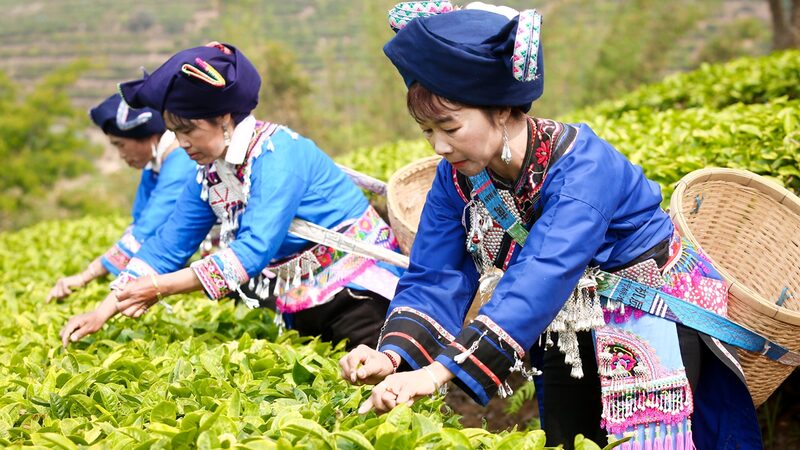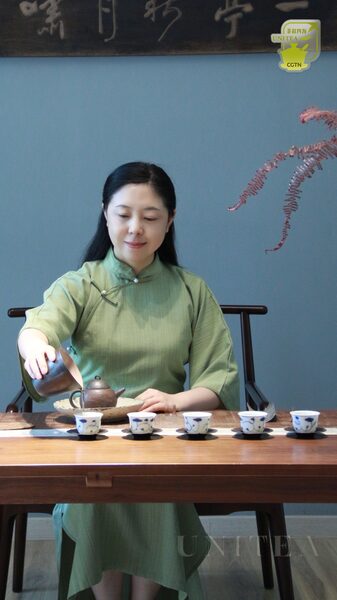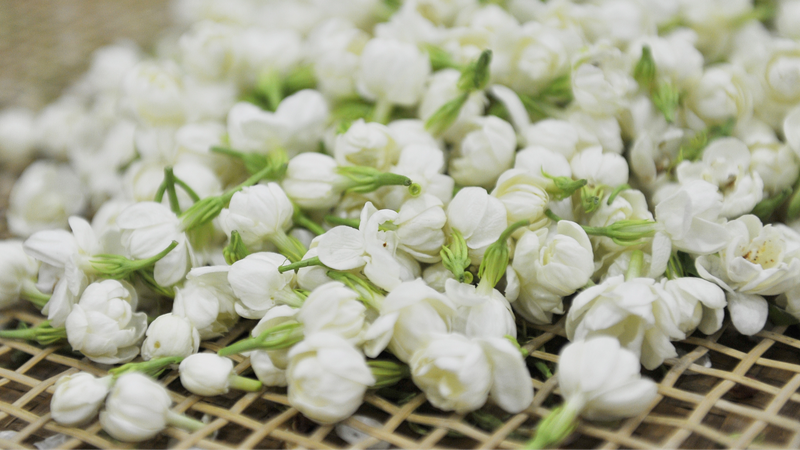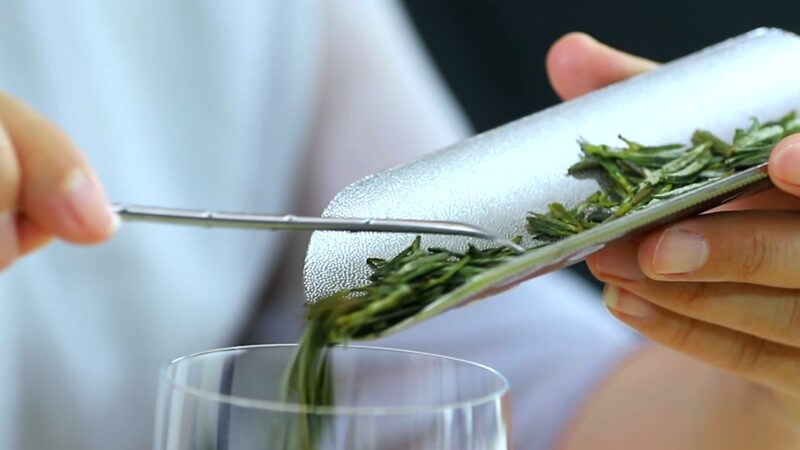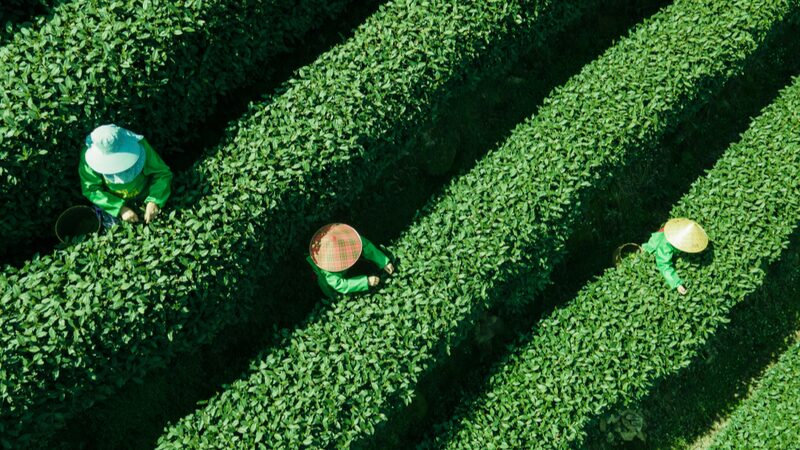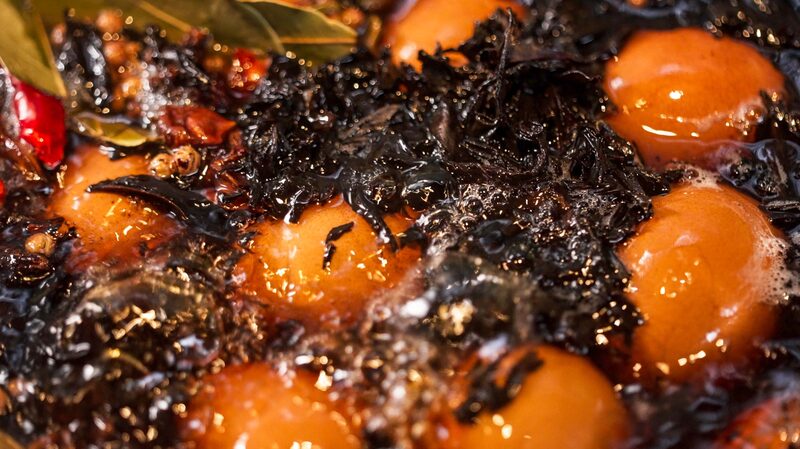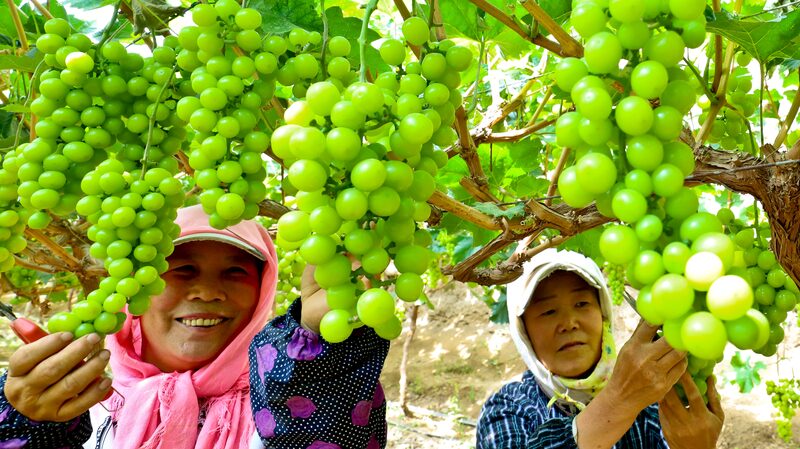As the first signs of spring emerge across China, tea farmers are embracing the annual ritual of harvesting the season’s earliest tea leaves. In renowned tea-producing regions such as Zhejiang, Fujian, and Yunnan provinces, the fields are abuzz with activity as workers carefully pick the tender buds that will become this year’s prized spring teas.
Beginning in March, anticipation builds among tea enthusiasts both within China and around the world. The early spring harvest yields leaves that are delicate and sweet, containing higher concentrations of sugars and aromatic compounds. These characteristics give spring teas their distinctive flavor and aroma, highly sought after by connoisseurs and commanding premium prices in both domestic and international markets.
One of the most celebrated varieties is ming qian tea, harvested before the Qingming Festival, which falls on April 4th or 5th each year. The name literally means “tea picked before Qingming,” and it is esteemed for its freshness and purity. The Qingming Festival, also known as Tomb Sweeping Day, marks a significant date in the agricultural calendar, and tea harvested before this time is considered particularly precious.
The meticulous process of harvesting and processing spring tea is steeped in tradition. Farmers rise at dawn to select only the finest buds, handling them with care to preserve their quality. The delicate leaves are then processed using techniques passed down through generations, such as pan-frying, sun-drying, or baking, ensuring that the final product captures the essence of the season.
For rural communities, the spring tea harvest is not only a cultural hallmark but also an important economic driver. The demand for high-quality Chinese teas continues to grow globally, providing opportunities for local farmers to reach international markets. This year, with a focus on sustainable practices and organic cultivation, tea producers aim to strengthen their position in the global tea industry.
The spring tea harvest also attracts tourists and cultural enthusiasts. Tea festivals and tours offer visitors the chance to experience traditional tea-making firsthand, promoting cultural exchange and boosting local economies. Regions like Hangzhou, home to the famous Longjing (Dragon Well) tea, become vibrant destinations for those looking to immerse themselves in China’s rich tea culture.
As the world continues to appreciate the heritage and craftsmanship of Chinese tea, the efforts of tea farmers during this season bring the taste of spring to cups everywhere. The spring tea harvest symbolizes renewal and the enduring connection between people and the land, a tradition that continues to thrive in modern times.
Reference(s):
cgtn.com
